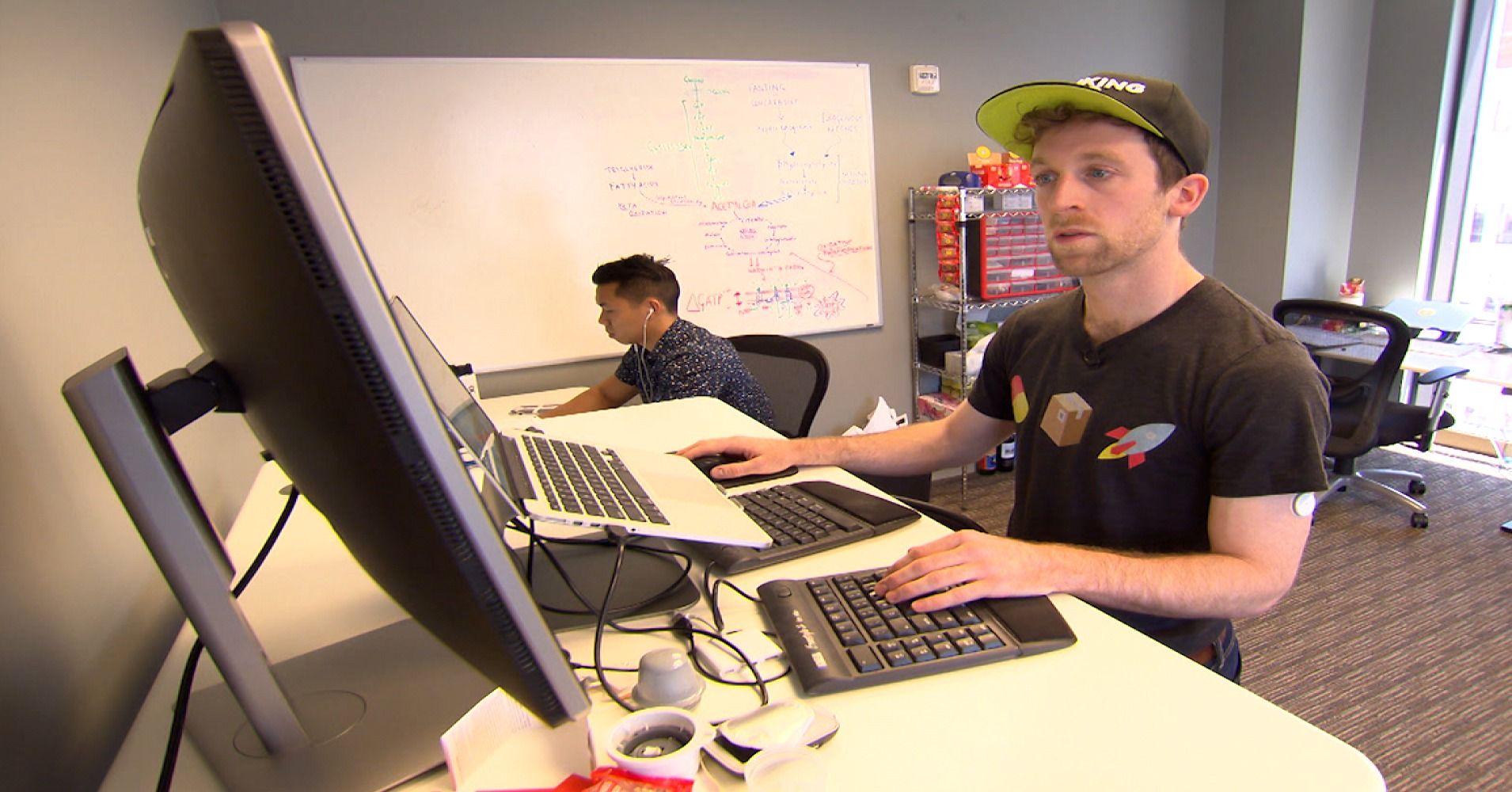In his new book, “To Mars and Beyond — Fast,” seven-time Shuttle astronaut Franklin Chang Diaz explains the 40-days-to-Mars high concept in layman’s terms. But will it work?



Check out what I’m doing July 25! #Comedy! Please join me if you can. http://sanfrancisco.carpediem.cd/events/4056859-eureka-at-pianofight/ #transhumanism #CaliforniaGovernor
Interested in becoming post-Human? What if it promised you eternal six-packs? Still on the fence? Then come join Eureka! as we host transhumanist Zoltan Istvan and learn more about how the future of technology will transform humankind.
Zoltan Istvan is an American transhumanist, journalist, entrepreneur, and Libertarian futurist. Formerly a reporter for the National Geographic Channel, Zoltan now writes futurist, transhumanist, libertarian and secular themed articles for major media, including Vice’s Motherboard, Wired, The Huffington Post, TechCrunch, and Newsweek. Zoltan regularly appears on television and video channels discussing futurist topics. He is one of the world’s most influential transhumanists and believes transhumanism will grow into a mainstream social movement in the next decade. He is the author of The Transhumanist Wager, a philosophical science fiction novel. In 2017, he announced his intent to run for Governor of California in the 2018 election as Libertarian.
Joining hosts Allen Saakyan and Kevin Whittinghill will be the hilarious comedy stylings of Chris Conatser (Learn from Me Comedy) and Allison Page (Killing My Lobster).
And now, a little bit about PianoFight!

Plasma, an extremely hot gas with electrically charged particles, is found all throughout the universe and is influenced by environmental forces, such as magnetic fields.
The complex behaviours observed in space and in the lab suggest plasma can generate the magnetic field in the opposite direction to the one applied, according to the researchers from Tohoku University.
This causes the field lines to diverge, much like magnets with their North poles facing toward each other.

Scientists are coming up with some very crazy experiments lately. Anything involving the human brain is always met with a fair bit of skepticism. However, a new project by Harvard researchers allows humans to control animals with their thoughts. It sounds quite impressive, although animal right activists may have concerns about this project. Regardless, a brain-to-brain interface could have some interesting consequences.



As this example shows, 3D printing has come a long way, quickly. In February 2011, when The Economist ran a story called “Print me a Stradivarius”, the idea of printing objects still seemed extraordinary. Now, it is well established. Additive manufacturing, as it is known technically, is speeding up prototyping designs and is also being used to make customised and complex items for actual sale.
SLOWLY but surely the sole of a shoe emerges from a bowl of liquid resin, as Excalibur rose from the enchanted lake. And, just as Excalibur was no ordinary sword, this is no ordinary sole. It is light and flexible, with an intricate internal structure, the better to help it support the wearer’s foot. Paired with its solemate it will underpin a set of trainers from a new range planned by Adidas, a German sportswear firm.
Adidas intends to use the 3D-printed soles to make trainers at two new, highly automated factories in Germany and America, instead of producing them in the low-cost Asian countries to which most trainer production has been outsourced in recent years. The firm will thus be able to bring its shoes to market faster and keep up with fashion trends. At the moment, getting a design to the shops can take months. The new factories, each of which is intended to turn out up to 500,000 pairs of trainers a year, should cut that to a week or less.

Great space art by Alexandra Hodgson!
More art by Alexandra:
https://www.artstation.com/artist/alexandrahodgson

Even after 400 generations in villages and cities, we haven’t forgotten. The open road still softly calls, like a nearly forgotten song of childhood.” Carl Sagan.
Mars colonization — Wanderers and Gosh by Erik Wernquist.
https://magpieaesthetic.com/erik-wernquist-beautiful-vision-of-whats-beyond/
